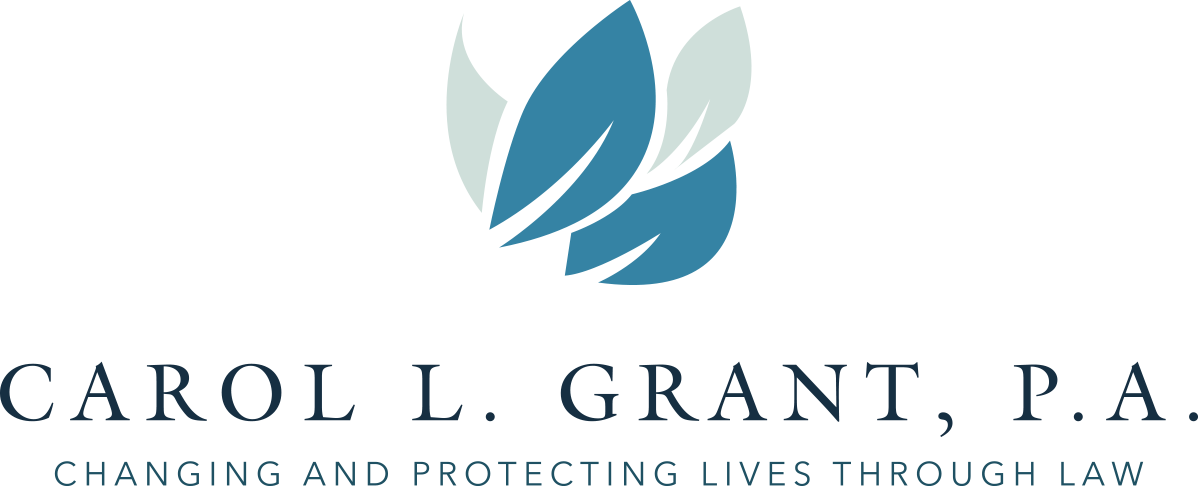Are you ready for 2026? You are likely not thinking that far ahead—but there is a reason why you should be. If your estate will be worth $5 million or more on January 1st, 2026, your estate planning needs to begin now. According to a recent article from Forbes, “Is 2026 An Important Year For Your Wealth?,” the reduction in the estate tax exemption will revert to the 2010 level of $5 million adjusted for inflation. It could even go lower. With federal tax rates on estates over the exemption level set at 40%, plus any state estate or inheritance taxes, it would be prudent and wise to get prepared for this in advance.
Considering the record levels of national debt and government spending, it’s unlikely these exemptions will remain the same. This suggests that now is the time to maximize today’s high estate tax exemption levels in order to minimize federal estate taxes and thus maximize what will ultimately be left to heirs.
Your estate planning attorney in Davie, Florida will have many different strategies and tools to achieve these goals. One is the Spousal Lifetime Access Trust (SLAT). This is an irrevocable trust created by each spouse, known as the grantors, for the benefit of the other spouse. Important note: to avoid scrutiny, the trusts must not be identical.
Each trust is funded by the grantor in an amount up to the current available tax exemption. Today, this is $12.06 million each (or a total of $24.12 million) without incurring a gift tax. This serves several purposes. One is removing the gifted assets from the grantor’s estate. The assets and their future growth are then protected from estate taxes.
The spousal beneficiary has access to the trust income and/or principal if they need to tap the trust (depending upon how the trust is created). The trust income may be taxed back to the grantor instead of the trust. This allows the assets in the trust to grow tax-free. Remainder beneficiaries, who are typically the grantor’s children, receive the assets at the termination of the SLAT, usually when the beneficiary spouse passes away.
The SLAT can be a useful tool for blended families to avoid accidentally disinheriting children from first (or subsequent) marriage. Remainder assets can be distributed to named beneficiaries upon the death of the spouse.
It’s important to note that the SLAT is an irrevocable trust, so some control needs to be given up when the SLATs are created. Couples using this strategy therefore need to have enough assets to live comfortably after funding the SLATS.
So, why do all this now, when 2026 is still so far away? The SLAT strategy takes time to implement, and it also takes time for people to get comfortable with the idea of taking a significant amount of wealth out of their control to place in an irrevocable trust. For a large SLAT, estate planning attorneys, CPAs, and financial advisors generally need to work together to create the proper structure. Executing this estate planning strategy takes time and should not be left for the year before this large change in federal estate taxes occurs. Instead, start getting ready for 2026 in 2023.
Reference: Forbes (Oct. 4, 2022) “Is 2026 An Important Year For Your Wealth?”







